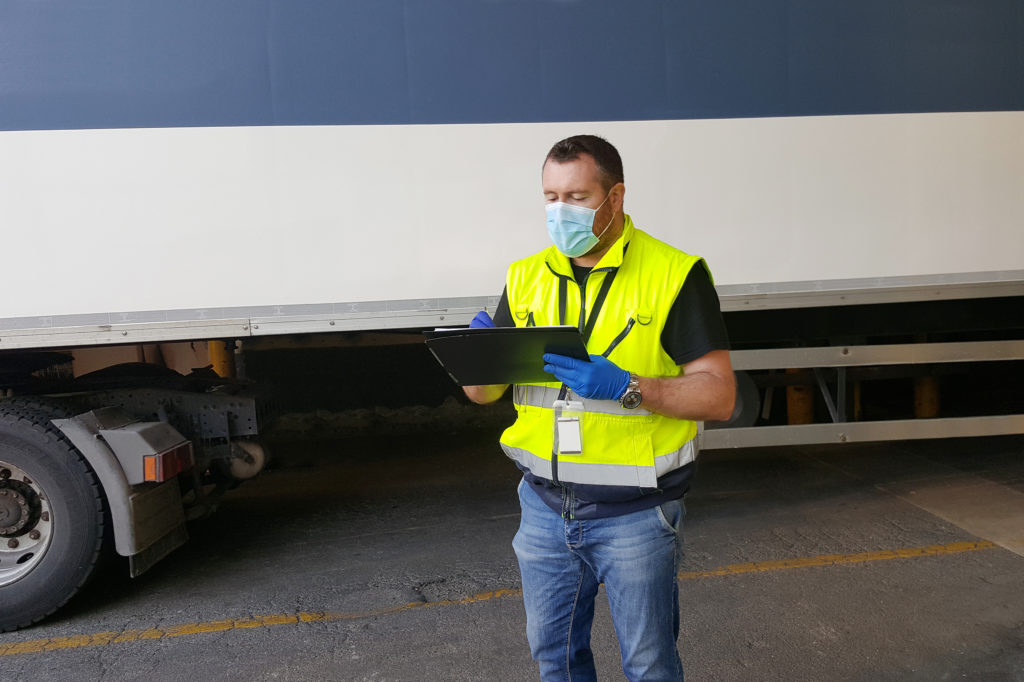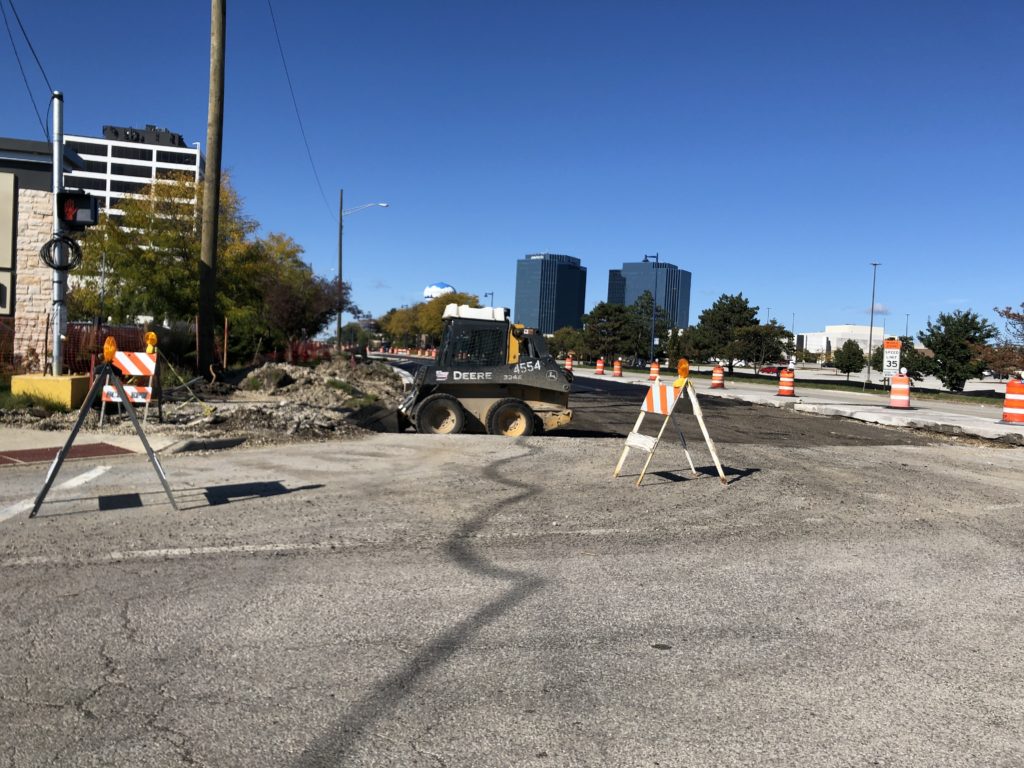
Truck drivers working as independent contractors can receive safety equipment and technology from motor carriers without creating any conflict in regards to their statuses as independent contractors, according to a new opinion letter released by the U.S. Department of Labor.
This safety equipment can include innovative resources like driver monitor systems, dash cams, and speed limiters. Additionally, the letter stipulates that independent contractor truck drivers must take specific safety training–an act that would allow these drivers to maintain their current statuses deeming them independent from any particular trucking company.
“We conclude that the safety measures do not constitute control for purposes of determining independent contractor status, and that the owner-operators are likely independent contractors,” explained the Department of Labor’s Wage and Hour Division within the letter, which spanned a total of eight pages.
The letter was written in response to a series of different hypothetical but realistic scenarios outlined by the American Trucking Associations and another anonymous transportation and logistics company.
In ATA’s request, the agency inquired about whether or not motor carriers should be able to exert any particular control over tractor-trailer truck drivers in regards to safety measures that the carrier would prefer be implemented, and whether or not this interferes with the drivers’ statuses as independent contractors. ATA asked if carriers could, by law, have this control over their drivers under the Fair Labor Standards Act, depending on their statuses as independent contractors or as employees.
In the second, anonymous request, the questioning party asked if specific owner-operators are properly classified as being independent contractors in a certain, detailed scenario.
“Based on the facts provided in the first request, we conclude that the requirements to comply with certain legal, health, and safety obligations are not a factor in determining whether a driver is an employee or an independent contractor under the FLSA,” the letter explained. “Based on the facts provided in the second request, we conclude that the owner-operators are likely independent contractors.”
Motor carriers can indeed offer or require specific kinds of safety equipment or safety training to truck drivers without interfering with their independent contractor statuses, the letter continued.
“Today’s letter is a victor for highway safety and for the thousands of truck drivers who choose to be independent contractors,” said Chris Spear, President of ATA. “This opinion will make it easier for motor carriers to utilize owner-operators, while maintaining important safety standards, without risking those drivers’ independent contractor status.”
Still, policy makers in individual states will need to heed the opinions expressed in this letter, which, technically, will only be applicable in regards to federal law and regulation, Spear noted.
“This opinion letter applies only to federal law, but many states rely on federal law and letters like this to make policy,” he said. “Going forward, state policymakers and the courts should value this opinion, and in doing so, encourage motor carriers and owner-operators to enhance training and technology, improving highway safety for all Americans while also allowing drivers to maintain their independent status.”
Regarding the ability for independent contractors’ ability to operate as safely as possible, federal regulators and Congress have designated this responsibility to motor carriers alone, the letter explained. Other industries and businesses do not face these kinds of challenges, which seem unique to the trucking industry.
“This translates to a strong incentive for motor carriers to pursue safety measures and improve regulatory compliance with respect to all of their drivers, employees, and independent contractors alike,” the letter noted.
Additionally, the letter made clear that required training should educate drivers thoroughly on their legal obligations to operate their vehicles as safely as possible; that camera-based and sensor-based safety technology should be able to properly monitor the driver, external conditions, and some internal aspects of the vehicle; and that a truck’s speed-limiter can only prevent a truck driver form operating in an illegal manner.
“A contractual obligation to comply with safety requirements requires no particular action except what the law already requires,” the letter said. “Each of these are the types of legal, health, and safety standards that do not suggest control indicative of employee status.”



